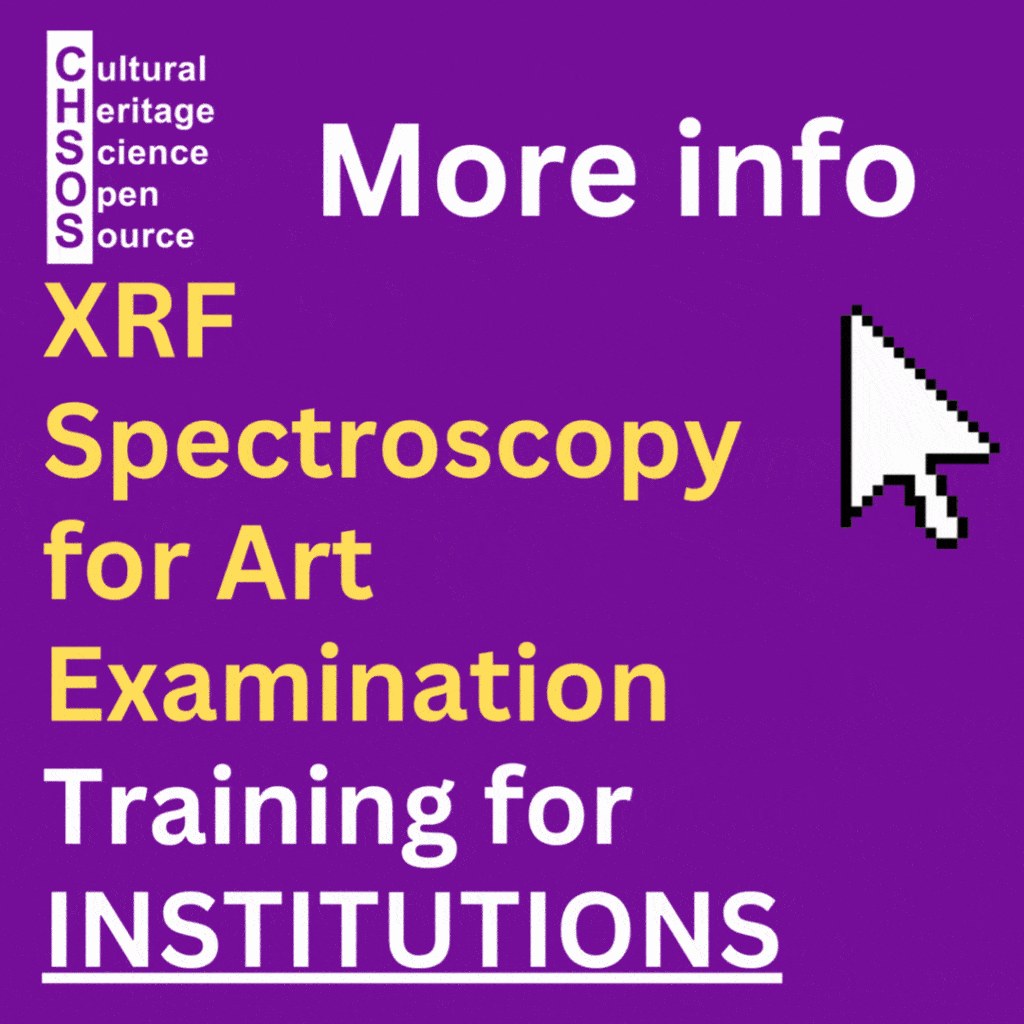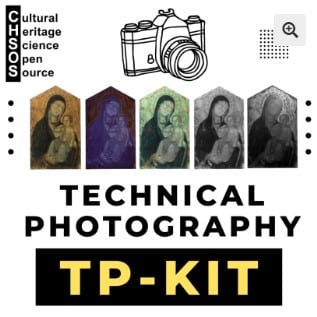Home » Products » Pigments Checkers » Pigments Checker » Pigments Checker – Standard – Pigments’ List » carmine lake
Carmine lake
Carmine lake is obtained from the aqueous extract of the Coccus Cacti
Manufacturer / product code: Kremer / 42100
Chemical description: aluminium lake of carminic acid. Kremer PDF
Color: red
Color Index: NR4
More info: Pigments Through The Ages

Raman spectroscopy 1064 nm – Carmine lake
Pigments (powder, no binder)

Raman Spectroscopy 1064 nm Pigments-Checker Database (50937 downloads )
Reflectance Spectroscopy (200-1000 nm) – GorgiasUV Spectrometer
Reflectance Spectroscopy (200-1000 nm) (GorgiasUV) Pigments-Checker Database (81094 downloads )

Reflectance spectroscopy – Gorgias Spectrometer for Art
Reflectance Spectroscopy (350-950 nm) (Gorgias) Pigments-Checker Database (88000 downloads )
NIR Reflectance spectroscopy
NIR-Reflectance Spectroscopy (930-1690 nm) Pigments-Checker Database (77066 downloads )

FT-IR Spectroscopy (Non-invasive Diffuse Reflectance Probe)

FTIR Diffuse Reflectance Spectroscopy Pigments-Checker Database (68814 downloads )
FTIR non-invasive Spectroscopy Pigments (pure, no binder) Database (70595 downloads )
Carmine lake is a brilliant crimson pigment historically prized for its intense color and rich transparency. It is a dye-based pigment produced by precipitating the coloring matter extracted from cochineal insects onto an inert substrate, usually alumina. This process transforms the soluble dye into a stable, insoluble pigment that can be mixed with various binders. The result is a vivid red lake with strong tinting power, ideal for use in painting, manuscript illumination, and later in printmaking and textiles.
The story of carmine lake begins in the Americas, where the Aztecs and other pre-Columbian cultures cultivated cochineal insects on prickly pear cacti to obtain the precious red dye. Following the Spanish conquest of Mexico in the 16th century, cochineal quickly became one of the most valuable exports to Europe, rivaling silver in importance. By the late Renaissance, European artists and dyers adopted cochineal lakes as superior alternatives to traditional kermes-based lakes. Compared to kermes, carmine lake provided deeper reds, more transparency, and greater brilliance.
Throughout the Baroque and Rococo periods, painters exploited its glowing qualities in glazes and delicate flesh tones. However, like many organic lakes, carmine lake suffers from poor lightfastness. Exposure to light and air causes fading, especially in thin washes or when not protected by varnish. Despite this drawback, its beauty ensured widespread use until the 19th century, when synthetic coal-tar dyes and pigments gradually replaced it.
Today, natural carmine is still used in cosmetics, food coloring, and restoration materials, although in fine art it has largely been supplanted by more stable synthetic reds. Nonetheless, carmine lake remains a pigment of great historical importance, embodying the cultural exchanges between the New World and Europe and the enduring fascination with brilliant, luminous reds.







